The Cost To Travel To the Moon, Mars and Beyond
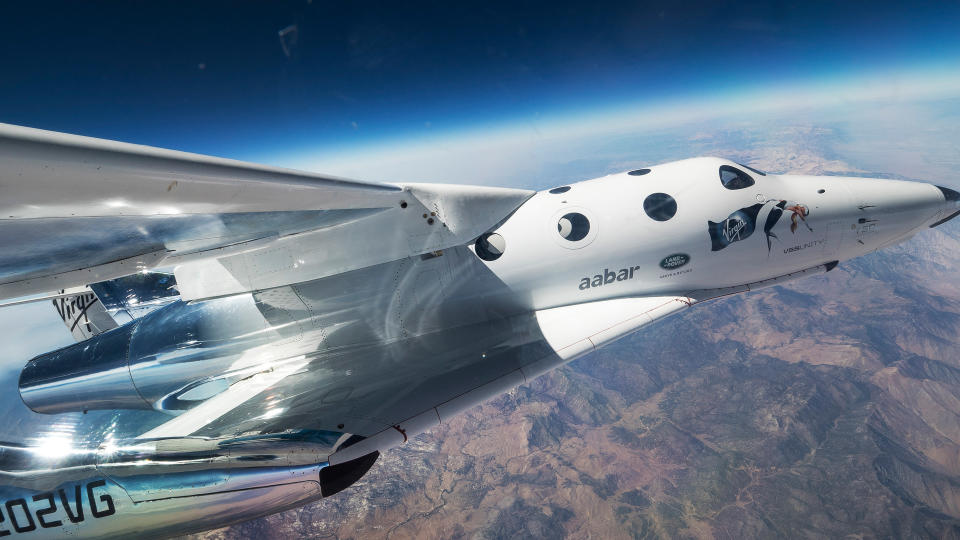
Whether you're interested in boldly going where no man has gone before or simply want to stop by the moon for the first time in a few decades, traveling beyond our world has been a dream of many for generations. As fewer and fewer corners of our own globe remain unexplored, mankind has begun to look beyond for new worlds to explore.
Zelle Facebook Marketplace Scam: How To Recognize and Avoid This Scam
Learn: States Whose Economies Are Failing vs. States Whose Economies Are Thriving
However, the cost of venturing forth into the great recesses of space isn't cheap. If humans are going to really explore our own solar system -- let alone whatever is beyond -- they had better be ready to spend and spend lavishly. Because whether it's a self-contained moon colony or a giant solar sail to carry a ship to Alpha Centauri, the price tag associated with turning sci-fi into reality is steep indeed. So, here are the costs of space exploration -- hypothetical or otherwise -- in our own solar system and beyond its boundaries.
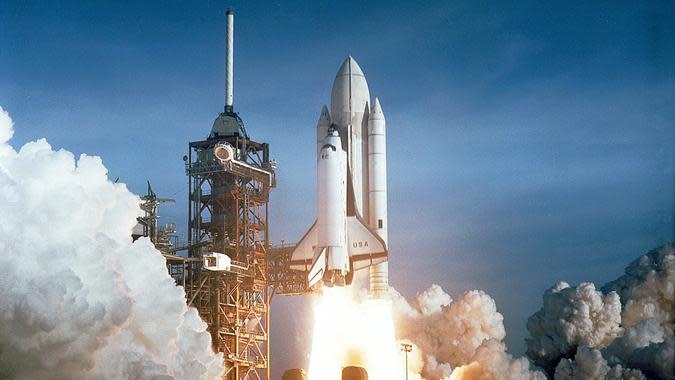
Cost To Launch Stuff Into Space
Cost: $10,000 per pound
One of the biggest costs for any space mission comes with just trying to escape the gravitational pull of the Earth. And before you really begin to dream about massive spacecraft traveling far away, you should know that weight is a primary concern for anything you plan to shoot into space.
The current cost to put something into orbit is a staggering $10,000 per pound, according to Business Insider. So, while it might seem a bit draconian that NASA limits astronauts to just 1 1/2 pounds of personal items, it's also worth remembering that NASA spends $15,000 just to send that stuff along.
Take Our Poll: Are You Struggling To Keep Up With Your Utility Bills?
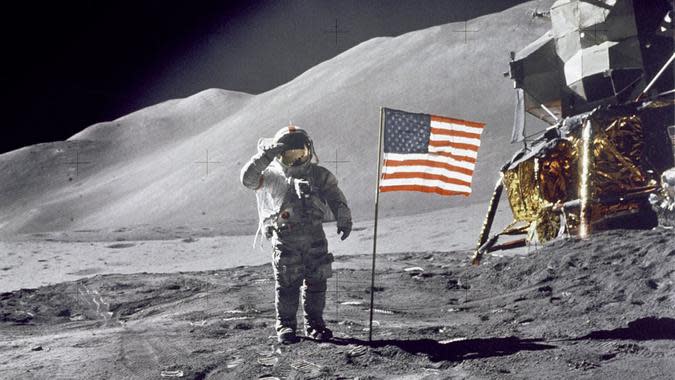
Cost To Go To the Moon
Cost: $140 billion -- for the first 9 trips
While a lot of the technology has changed since the 1960s, and costs have almost certainly dropped over the past 60 years, projecting future costs should consider some from the past. As such, the cost of the Apollo Program and its nine manned missions to the moon is a good starting point.
The U.S. government spent--independent of infrastructure costs--a whopping $23.6 billion on manned spaceflight from 1959 to 1973. Taking that as 1973 dollars, that's roughly equivalent to a little over $157 billion in dollars today, or about $9.3 billion a year.

Cost To Go To Space, Come Back and Go Again
Cost: $1.56 billion per mission
The next stage of space exploration included the U.S. Shuttle Program, which used spacecraft that could venture into space and return to Earth. When it was first announced in 1972, the program was intended to reduce costs, with some imagining a future where space flights occurred once a week and cost as little as $20 million. That's a steep price, even if you are a member of N'SYNC.
The space shuttle program was eventually shuttered after 134 flights at a cost of $209 billion. It never made more than nine flights in a year, and at a cost of over $1.5 billion a flight, it was ultimately 75 times more per flight than the proposed $20 million.
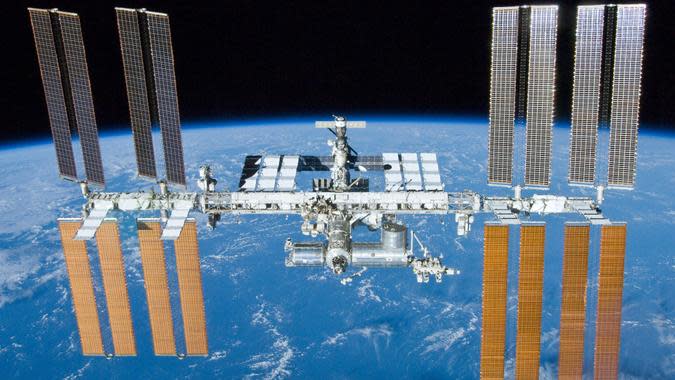
Cost of a Space Station
Cost: $125 billion
Traveling to distant worlds will most likely require setting out from a space station, given the incredible cost and difficulty of escaping Earth's gravity into orbit. As such, a space station is likely to be an important staging ground for some future missions. The total cost for the current International Space Station (ISS) has only been estimated by the European Space Station, which pegged it at €100 billion--or $112.8 billion--in 2013. And the costs have only gone up in the last decade, including an estimated $3 billion-$4 billion a year that the United States alone contributes to the station's annual maintenance.
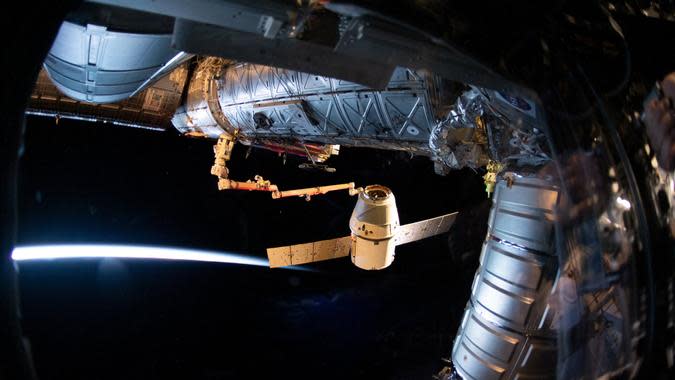
Cost To Resupply a Space Station
Cost: almost $200 million per mission
The cost of the space shuttle program ultimately brought it to an end as a new raft of private companies have started offering to contract space launches. In 2008, NASA awarded contracts to Elon Musk's SpaceX and Orbital ATK -- now owned by Northrop Grumman -- worth a total of $5.9 billion for some 31 resupply missions. That comes to just under $200 million a mission to keep the space station up and running.

Cost To Visit Space If You're Not an Astronaut
Cost: $52 million a seat
The public-private partnerships developing between NASA and Boeing, SpaceX and others are also creating some intriguing possibilities for space tourism. In the near term, the shuttles being sent to resupply the ISS won't have NASA taking up every seat with its personnel. So, when NASA doesn't buy all the seats, someone who isn't an astronaut can just tag along for a chance to visit space. The price tag? SpaceX is planning on selling the seats for a mere $55 million apiece for a 3-day space trip, according to Tech Times. No word on whether or not that comes with a complimentary package of peanuts.
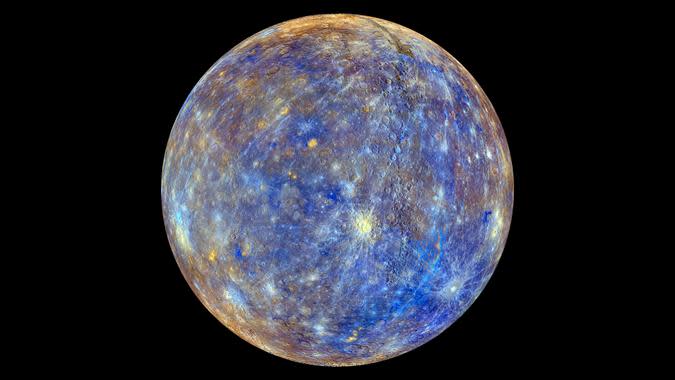
Cost To Travel To Mercury
Cost: $1.9 billion
It's not entirely clear why a human might want to travel to Mercury, where temperatures can range from minus 280 degrees Fahrenheit at the poles to 800 degrees Fahrenheit in sunlight, but researchers have sent spacecraft to the closest planet to the sun and they're planning to do so again. The first European mission to Mercury launched last year at a cost of some 1.7 billion euros -- or about $1.9 billion.
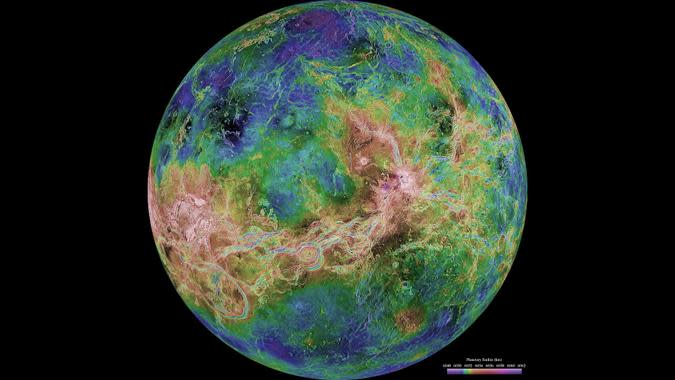
Cost To Travel To Venus
Cost: $147.7 million
Venus has seen a fair bit of human hardware over the years. The Soviet Union made several successful landings on its surface with a probe and NASA's Magellan mission spent four years mapping 98% of the planet's surface. However, for the best understanding of what the cost to return would come to, the European Space Agency's Venus Explorer launched in 2005 and spent nine years studying the nearby planet until it ran out of propellant. All told, the Venus Express proved to be very cost-effective, costing just $110 million in 2005, or $166.8 million in 2022 dollars.
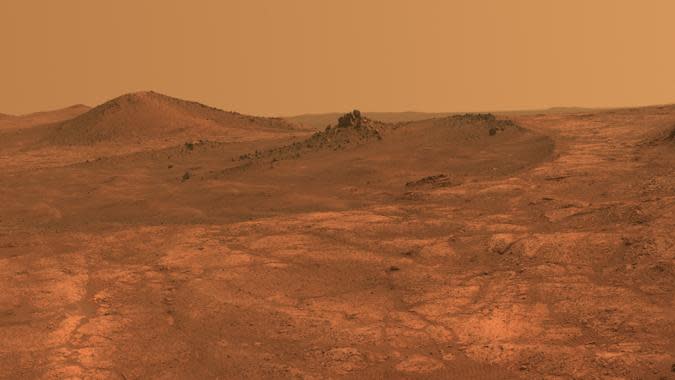
Cost To Travel To Mars
Cost: $828.8 million
While the current question might be what it costs to send a person to Mars, the cost of simply getting to the red planet is pretty clear--there have been a multitude of missions sending a craft to the planet and onto its surface. The first such visits were the Viking program in the 1970s that sent two probes to Mars at a total cost of roughly $1 billion--a little over $7.6 billion adjusted for inflation. However, NASA was clearly just dipping its toe in the pool back then because it's been back repeatedly in both the Mars Scout Program and the Mars Exploration Rover program. NASA's present mission to Mars, the InSight Mars Lander, touched down on the red planet in 2018 with a price tag of $828.8 million.
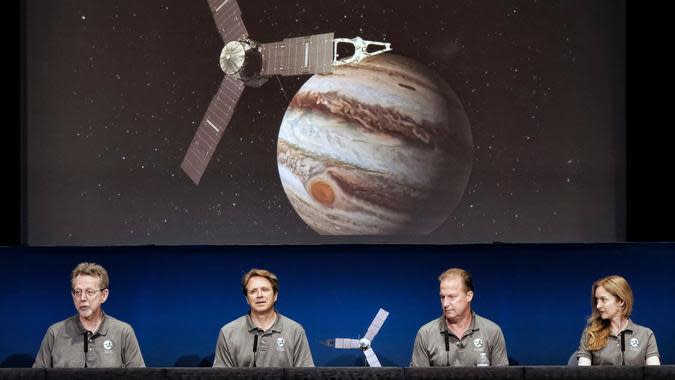
Cost To Travel To Jupiter
Cost: $4.7 billion
The solar system's largest planet has been the focus of several exploratory missions ever since Pioneer 10 and 11 whizzed past it for the first time in the early 1970s. Now there are more missions planned to visit the gas giant and some of its 79 moons, including NASA's planned mission to explore the moon of Europa, which appears to have the potential of supporting life. Just remember, if you're ever asked to be part of a mission to Jupiter with a supercomputer named Hal, say no. Some things aren't worth it at any price.
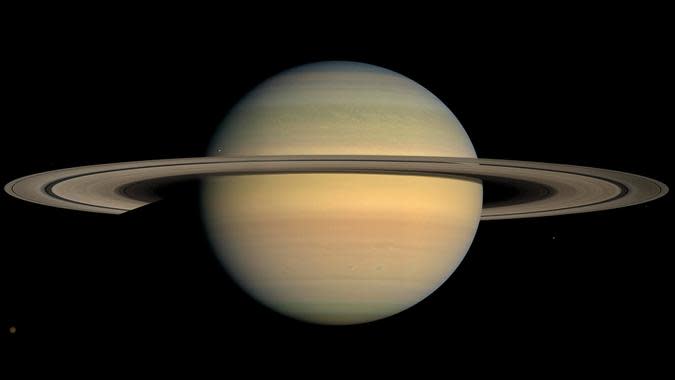
Cost To Travel To Saturn
Cost: $3.9 billion
Journeys to Saturn might just be an example of seeing a major landmark before it's gone. After all, NASA recently updated its projections to reveal that the rate of "ring drain" is a "worst-case scenario." Granted, it will take 100 million years before the iconic rings are gone. The reason scientists were able to make those predictions was the wealth of data provided by the Casini space probe over 20 years -- a mission that had a total cost of $3.9 billion.
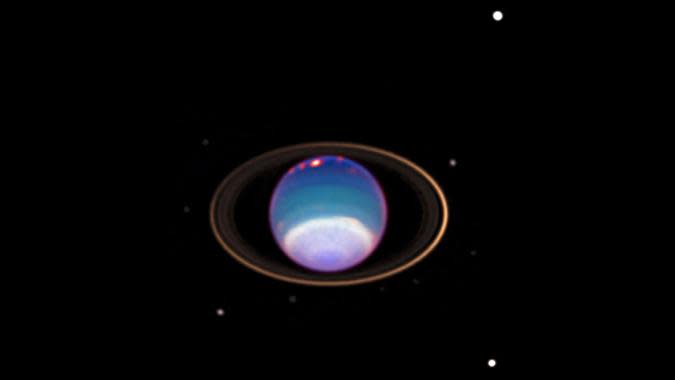
Cost To Travel To Uranus
Cost: $2.19 billion (hopefully)
The cost to visit Uranus is an important question -- the original proposal to send a probe there was scrapped in the 1970s when NASA's budget was cut and the program's $700 million price tag made it untenable. While the program was salvaged in the form of the Voyager program, the 50,000-or-so miles that Voyager II came from Uranus is as close as any man-made object has gotten. And while NASA has made Uranus a relatively low-priority goal, it does still have some plans in the works. In 2015, NASA started a feasibility study of a mission to Uranus that could be completed on a budget of $2 billion, inflation-adjusted.
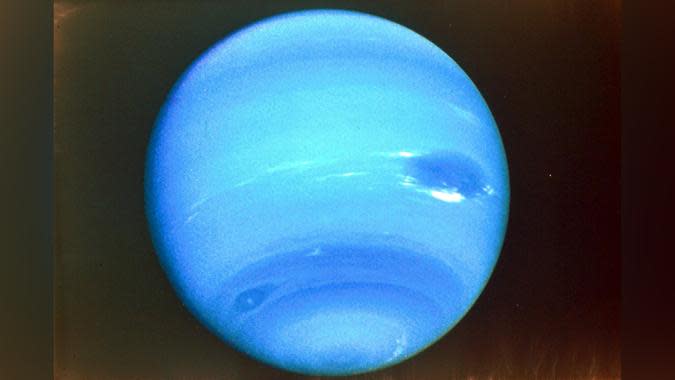
Cost To Travel To Neptune
Cost: $500 million
Much like Uranus, the closest mankind has ever gotten to Neptune is a distant flyby by Voyager in 1989. What's more, there hasn't been a lot of effort to launch an effort to get back. But, there has recently been a spark of hope for big-time Neptune fans as the Trident Proposal was submitted as part of NASA's highly competitive Discovery program for missions with a budget of $500 million or less.
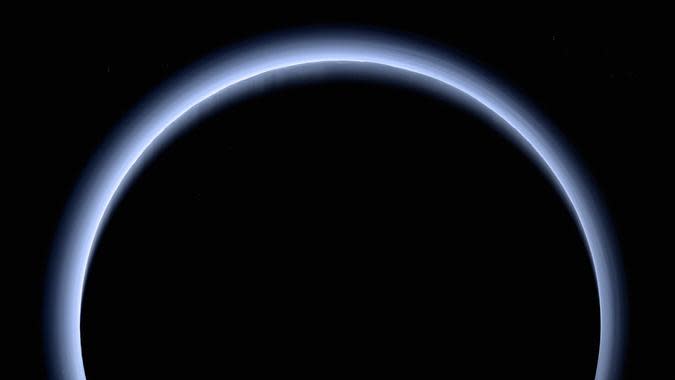
Cost To Travel To Pluto
Cost: $500 million
Before anyone starts shouting, one should be interested in exploring Pluto whether it's technically a planet or not. And that is just what NASA did in 2015 when the New Horizons probe flew by the distant planet. It was important that the probe traveled when it did, as the next time Pluto's orbit would be close enough would be in another 200 years. Fortunately for NASA, it managed to push the project through and launch inside of its window -- all with a price tag of just $500 million.
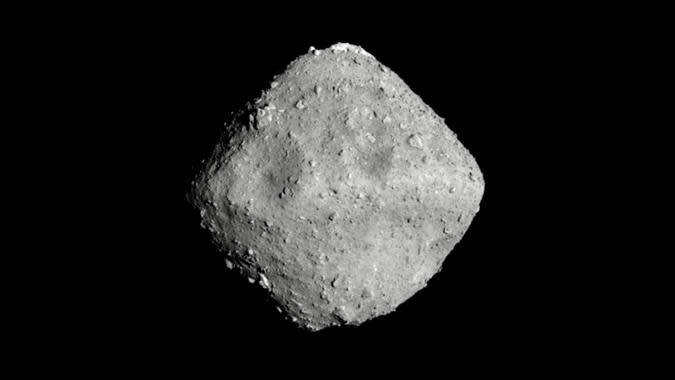
Cost To Travel To an Asteroid
Cost: $150 million
Of course, visiting Pluto does bring up the question of what it might cost to visit other, ahem, nonplanets. The most recent journey was performed by the Japanese Space Agency JAXA and successfully landed two hopping robots on the asteroid Ryugu, where they will examine the floating rock to learn more about asteroids. The total cost of the mission? That would be 16.4 billion yen, or about $150 million.
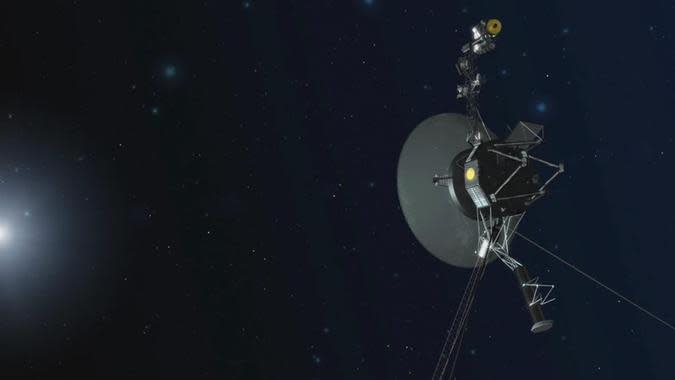
Cost To Travel Beyond Our Solar System
Cost: $5.4 billion
The first spacecraft to leave the solar system and actually enter interstellar space was Voyager 1, which left our solar system in 2012. That should give you a sense of why interstellar travel is so difficult because the probe was launched in 1977. However, if all you want to do is get to the great beyond, the cost of the entire Voyager program came to $865 million in 1972, the equivalent of about $6.1 billion today.
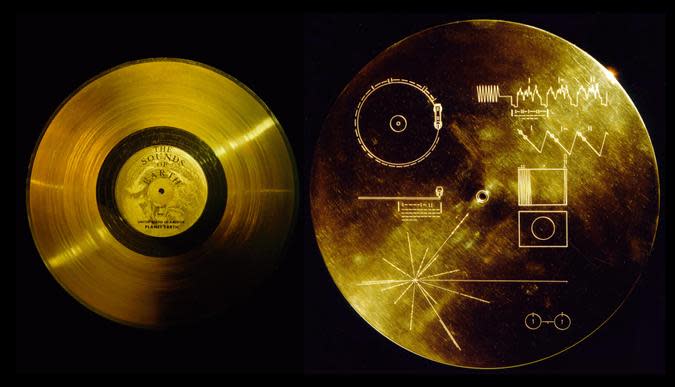
Cost To Partake in Interstellar Playlist
Cost: $98
One of the more interesting wrinkles to the story of the Voyager craft is what went along with the spacecraft when scientists realized they would be flying off into distant worlds mankind might never know: a record. Specifically, a gold-plated record filled with everything from whale songs to bluesman Blind Willie Johnson. It was an attempt to encapsulate the planet Earth and the human race through sound. And while the original records are, far, far away, there was a campaign to release the contents of the record on vinyl, and you can now get it for $160 on Amazon.
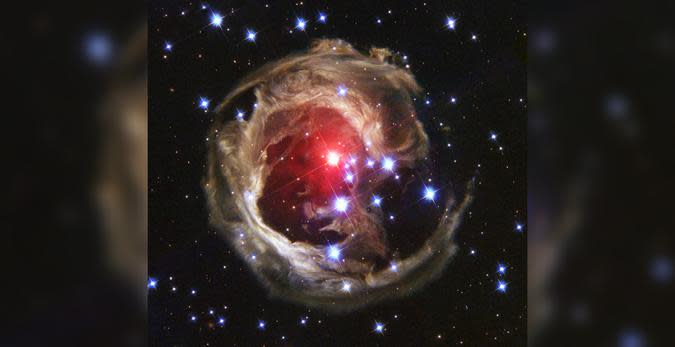
Cost of Modern Interstellar Spaceflight
Cost: $20 trillion to $174 trillion
Of course, the fact that the only thing that's ever gotten out of the solar system was built in the 1970s presents certain limitations. One potential plan -- also from the 1970s -- with a goal of actually seeking out life elsewhere in the universe was called Project Daedalus. Developed by the British Interplanetary Society, it would fly to Barnard's Star (six light years away) and explore the solar system there. Unfortunately, though, this might remain a dream for quite a while longer: The estimated cost of the project ranges from $20 trillion to $174 trillion.
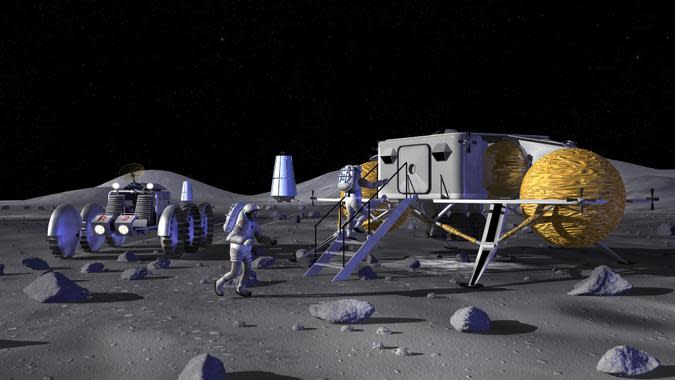
Cost To Colonize the Moon
Cost: $10 billion
Of course, maybe instead of trying to venture to places so far away that would take multiple human lifetimes to reach you could consider setting up camp somewhere closer. If you're talking about the colonization of the moon--and some people are--NASA astrobiologist Chris McCay estimates that a small, starter moon base could be had for as little as $10 billion.
More From GOBankingRates
Jake Arky contributed to the reporting for this article.
This article originally appeared on GOBankingRates.com: The Cost To Travel To the Moon, Mars and Beyond

 generic
generic 